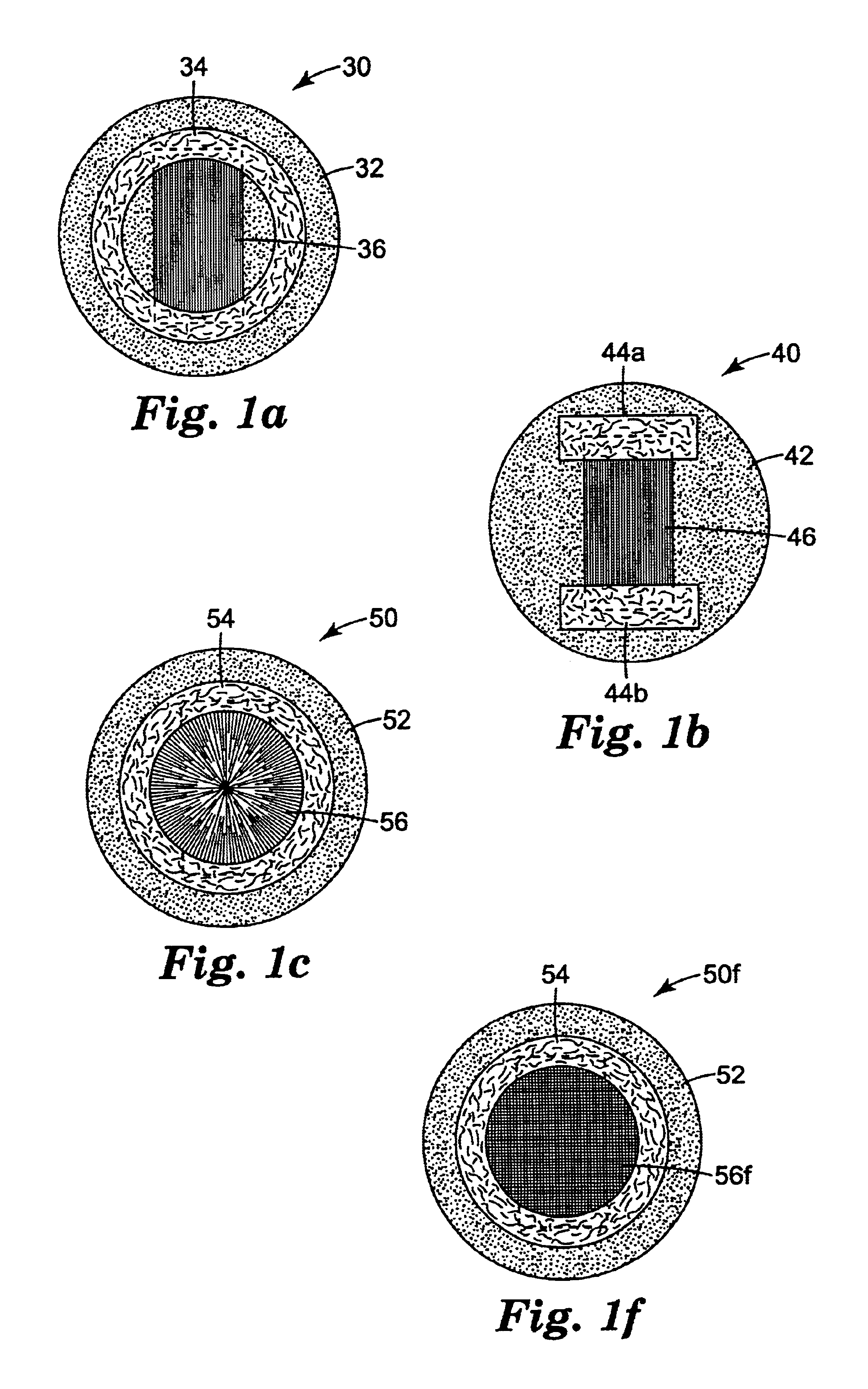Drug delivery dressing having fluid control film
a fluid control film and drug technology, applied in the direction of suction nozzles, ultrafiltration, material analysis, etc., can solve the problems of complex control and/or transportation of biological fluids, difficulty in delivering fluid medicaments to the wound site, and in the treatment and care of wounds, etc., to achieve visual inspection of the wound site
- Summary
- Abstract
- Description
- Claims
- Application Information
AI Technical Summary
Benefits of technology
Problems solved by technology
Method used
Image
Examples
Embodiment Construction
The present invention relates to articles that incorporate a fluid control film component. At the beginning of this section suitable fluid control films will be described generally. Descriptions of illustrative articles incorporating these films will follow.
Suitable fluid control films for use in the present invention are described in U.S. Ser. Nos. 08 / 905,481; 09 / 106,506; 09 / 100,163; 09 / 099,632; 09 / 099,555; 09 / 099,562; 09 / 612,418; 09 / 570,785 and 09 / 778,524; and U.S. Pat. Nos. 5,514,120; 5,728,446; 6,080,243 and 6,290,685. Preferred fluid control films of the invention are in the form of sheets or films rather than a mass of fibers. The channels of fluid control films of the invention preferably provide more effective liquid flow than is achieved with webs, foam, or tows formed from fibers. The walls of channels formed in fibers will exhibit relatively random undulations and complex surfaces that interfere with flow of liquid through the channels. In contrast, the channels in the pr...
PUM
| Property | Measurement | Unit |
|---|---|---|
| contact angle | aaaaa | aaaaa |
| contact angle | aaaaa | aaaaa |
| microstructure | aaaaa | aaaaa |
Abstract
Description
Claims
Application Information
 Login to View More
Login to View More - R&D
- Intellectual Property
- Life Sciences
- Materials
- Tech Scout
- Unparalleled Data Quality
- Higher Quality Content
- 60% Fewer Hallucinations
Browse by: Latest US Patents, China's latest patents, Technical Efficacy Thesaurus, Application Domain, Technology Topic, Popular Technical Reports.
© 2025 PatSnap. All rights reserved.Legal|Privacy policy|Modern Slavery Act Transparency Statement|Sitemap|About US| Contact US: help@patsnap.com



